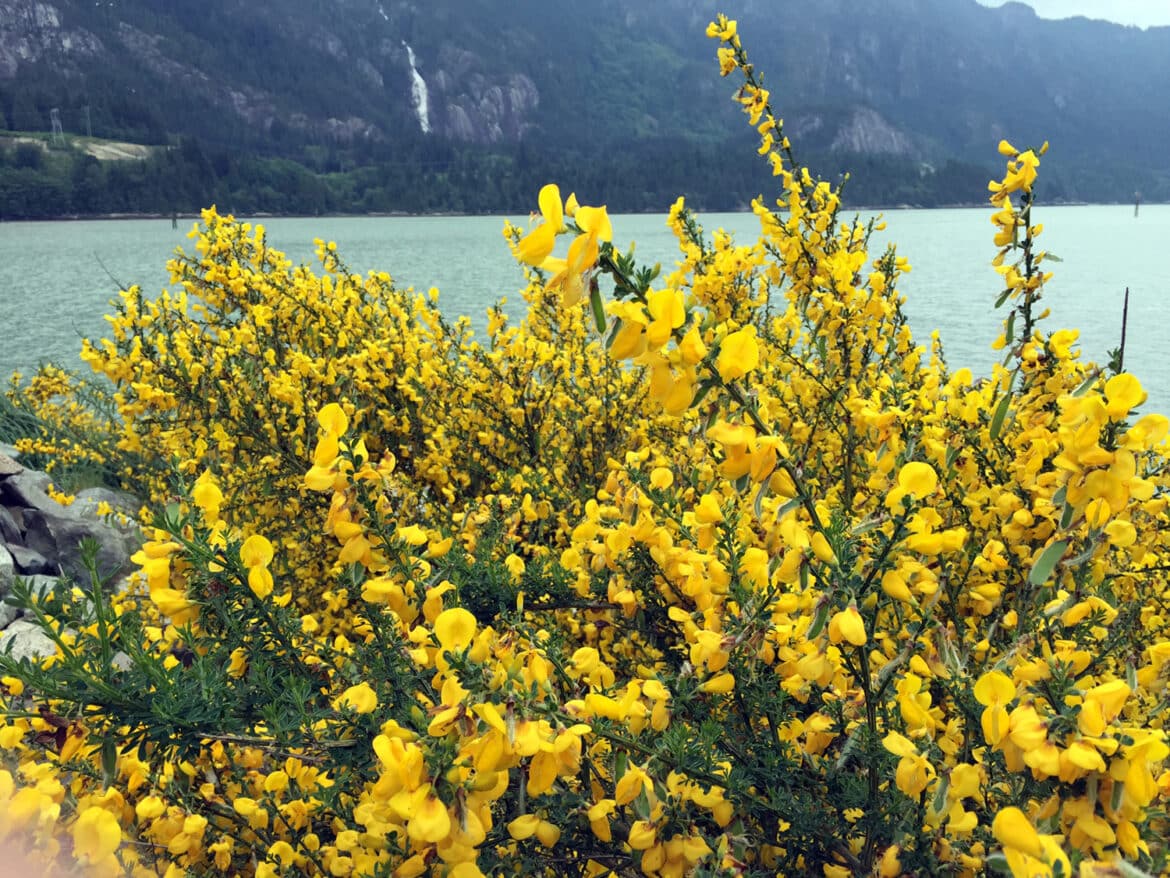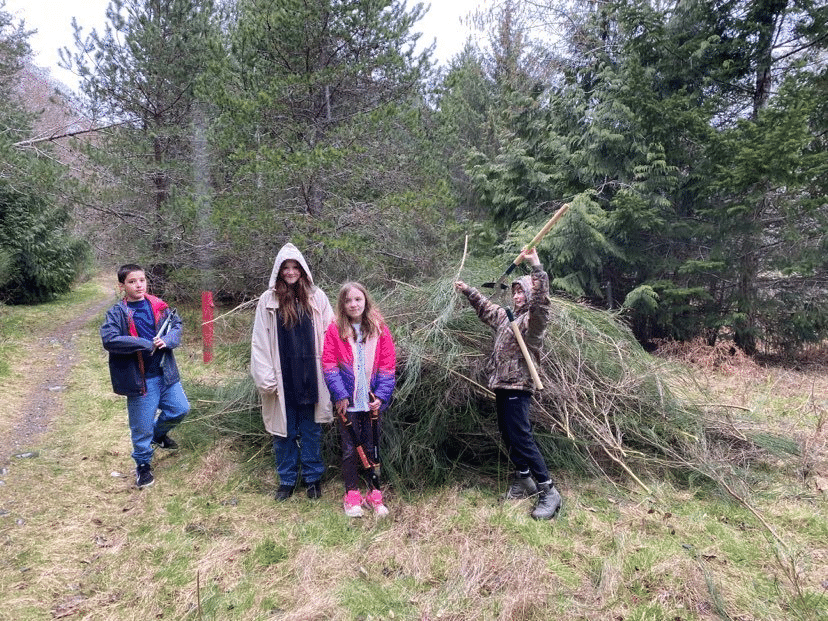By Craig Stephani | June 9, 2023
As the threat of invasive species grows, it is crucial to recognize the remarkable efforts being made by Indigenous communities. Their deep connection to the land, traditional knowledge, and cultural practices offer invaluable insights and solutions that can inspire us all.
In this new series, we introduce you to members of ISCBC’s Indigenous Invasive Species Network, showcasing their outstanding work, unique approaches and highlighting their invaluable contributions. Through their stories, we hope to inspire others and foster a greater understanding of the vital role Indigenous peoples play in addressing this global challenge.
Member Spotlight: Carrie Reid
Carrie Reid, who carries the name Xwantumaat, is a member of the Qualicum First Nation and a prevention worker. Carrie is deeply connected to the land, harvesting shellfish, fish, berries and much of her medicine cabinet from her traditional territory. Although she has been educated in the Western world, she considers her time in the forest her greatest teacher.
We asked Carrie to reflect on how she first got involved with invasive species. “My first involvement was with Scotch broom I think. It was taking over more and more here on the island [Vancouver Island]. There was an awareness about it that was contagious. People with allergies complained loudly as the flowers came out. In my own community, the berry patches are strongly impacted by Scotch broom because they like similar growing conditions.”

Scotch broom isn’t the only invasive species challenging Carrie’s community. “Along our river we also find Gorse, holly, Daphne, Himalayan blackberries, Canada geese, ivy and Scotch thistle. Near our beaches it’s mullein and more broom. Newly arrived are tansy and St. John’s wort. There are bass in one of the nearby lakes. Rabbits seem to be everywhere and recently we have both black and grey squirrels.”
“Sometimes I walk through the forest, and I see something I’ve never seen before. My first instinct is to doubt myself and believe it is something I’ve just never encountered. But as time goes on, I realize that what I’m seeing are species that are non-indigenous. It is complicated because on the flip side I also don’t see species that I used to see in abundance. Harlequin ducks, jumping spiders, limpets have all but disappeared where they were once abundant.”
“Invasive species make me angry. Because they quietly and gently choke out Indigenous species. It’s sneaky. Not something easy to put my finger on until it seems too late.”
“I grew up walking in the woods and harvesting. I think many people in my community still do. So many people understand the rhythm of the land, the tides, the moon and the seasonal round. I believe they are the ones who know about what is missing on the land and what is there that shouldn’t be. And those traditional harvesters are grassroot encyclopedias.”
“I feel like we have young people in the community who do not know that invasive species are invasive. They have now grown-up seeing holly and Daphne in the bush and believe them to be Indigenous. So, part of what I believe needs to happen is education about how the invasive species are taking over.”
“Soapberries are such a delicacy, but they are also medicinal. And so many younger people don’t even know they exist because they have slowly been removed as part of our diet. We need to tell that story.”
Although some days it can be hard not to feel defeated, Carrie isn’t waiting for someone else to figure it out. In 2020, her community held an invasive species competition encouraging folks to get outside during Covid while cutting back Scotch broom. Building on this, in 2021, they introduced a new initiative geared to kids aged 10-13. For one week each spring, they tackle invasive species – mostly Scotch broom – on their reserve.
“We cut broom for two hours a day for five days, and at the end of the week the kids get a reward and a letter of reference. The kids work hard, and they learn about a strong work ethic. Their level of awareness often amazes me.”
This consistent approach is paying off, resulting in a drastic decrease in broom. This past year they even ventured onto public land because now it’s hard to find the invasive plant on their land.
For those looking to get involved in invasive species management or make a difference on local lands, Carrie has this advice: “Just do it. Start small. And never leave home without your loppers.”
We invite all Indigenous people, communities, and Indigenous-led organizations to join ISCBC’s Indigenous Invasive Species Network. Together, we can amplify Indigenous voices, share knowledge, and develop innovative solutions to combat invasive species. By working collectively, we can build and steward healthy landscapes, including habitats and communities, free of invasive species.
Craig is an Outreach Lead at ISCBC. He is passionate about sharing his excitement for nature with others. In his spare time, he enjoys hiking, camping and exploring wild areas near and far. You can reach Craig at cstephani@bcinvasives.ca
Share


















